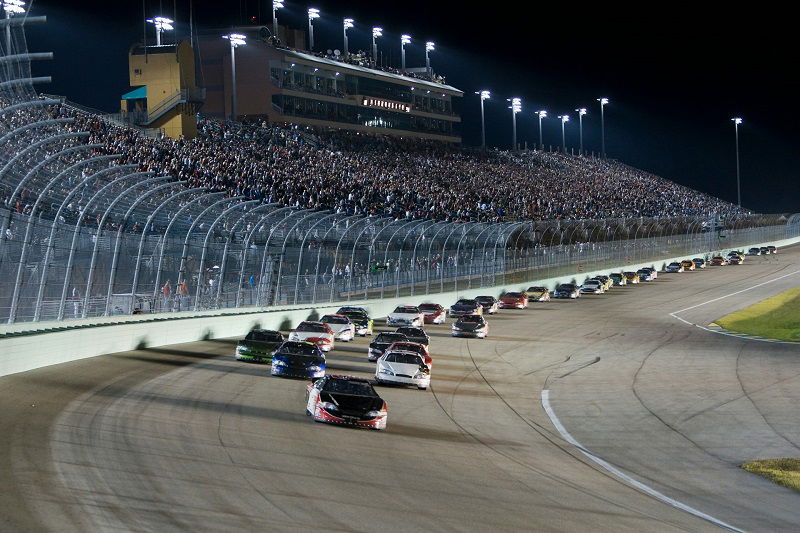Knowridge
2w
412

Image Credit: Knowridge
How Formula 1 drivers memorize race tracks before even stepping foot on them
- Formula 1 drivers can memorize race tracks through advanced technology and simulation before physically driving on them, ensuring precision and efficiency.
- Modern Formula 1 drivers are incredibly fit to endure the physical demands of the sport, including high G-forces and cognitive challenges.
- Due to restrictions on testing days and kilometers since 2009, teams rely on simulators to train drivers and test cars, providing a safe and cost-effective alternative.
- Simulators offer a controlled yet dynamic training environment, enhancing drivers' skills in overtaking, defensive maneuvers, and strategic decision-making.
- Teams utilize simulators not only for training but also for post-race analysis to improve performance and develop strategies for future races.
- Electronic racing (e-racing) has gained popularity as a virtual form of motorsport, allowing drivers to compete in computer-generated races.
- While simulators lack real-world elements like g-forces and emotional stress, they play a crucial role in driver development and maintaining competitiveness between actual races.
- As e-racing evolves, advancements in simulator technology aim to better replicate on-track competition, shaping the future of motorsport training and performance.
- The role of simulators in aiding driver development is continually being explored to bridge the gap between virtual and real-world racing experiences.
- Progress in simulator technology, such as enhanced motion feedback and AI-driven race dynamics, holds potential to enhance the overall training and performance of drivers.
- The evolution of simulators and e-racing poses an intriguing question regarding how these technologies can be further refined to simulate real-world racing conditions effectively.
Read Full Article
24 Likes
For uninterrupted reading, download the app